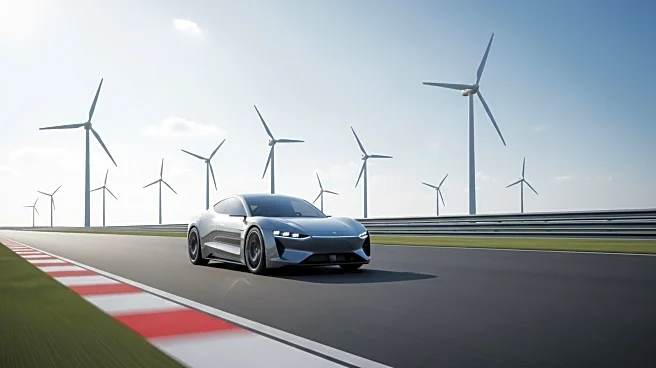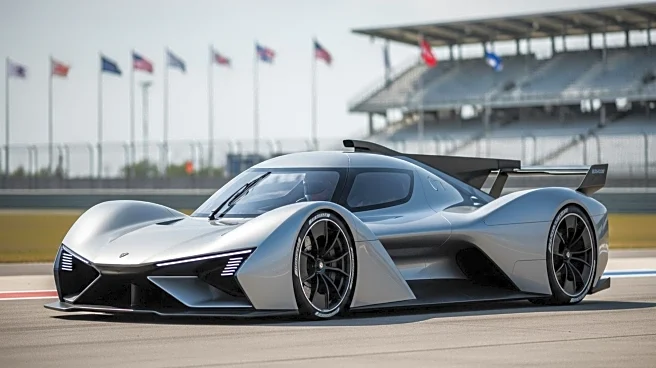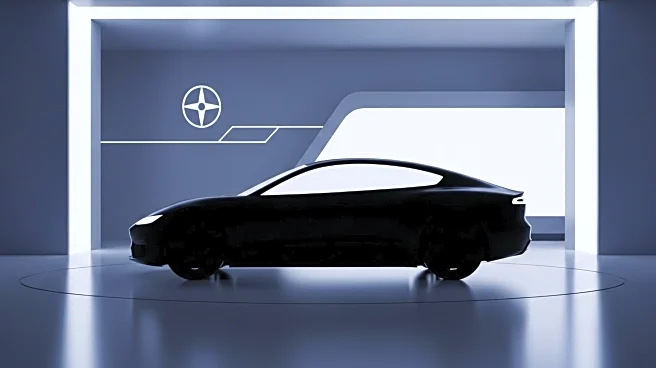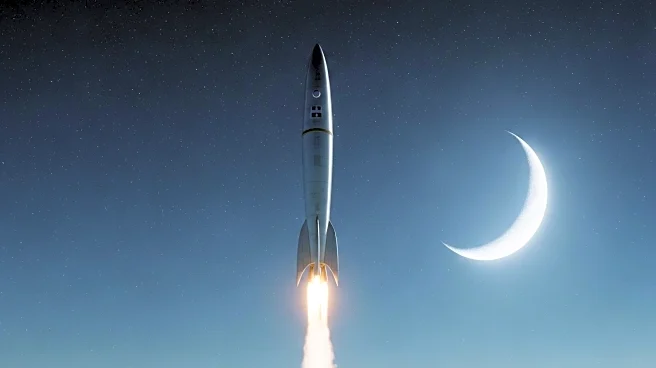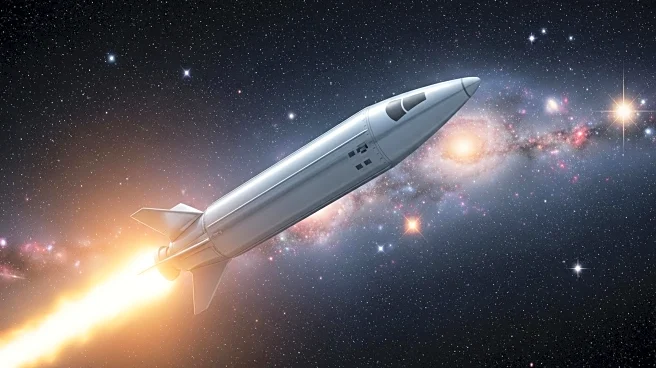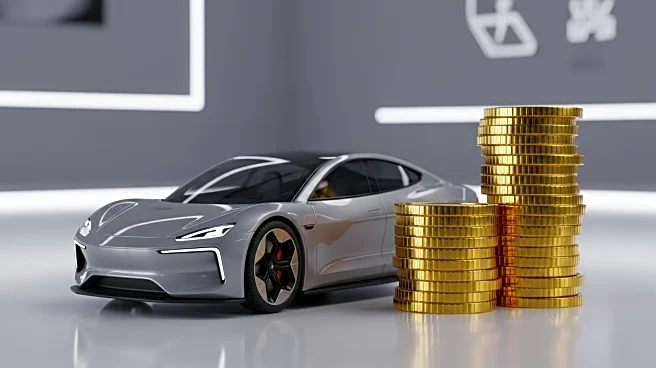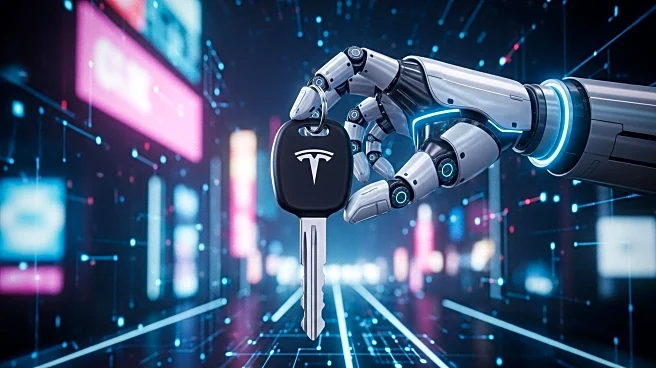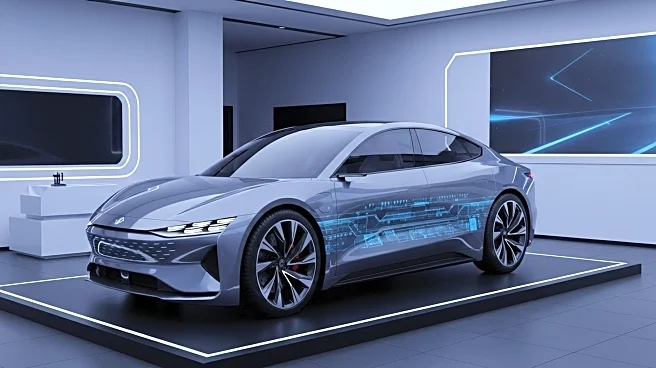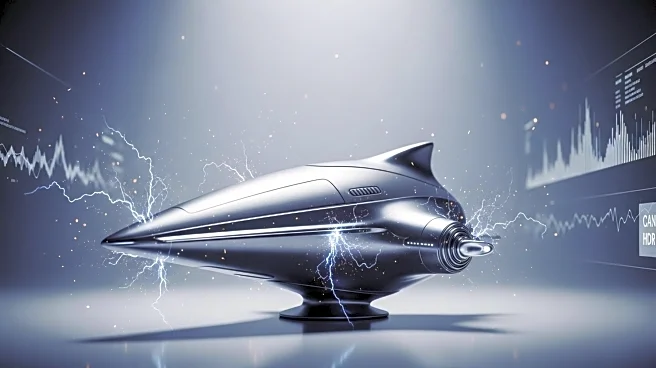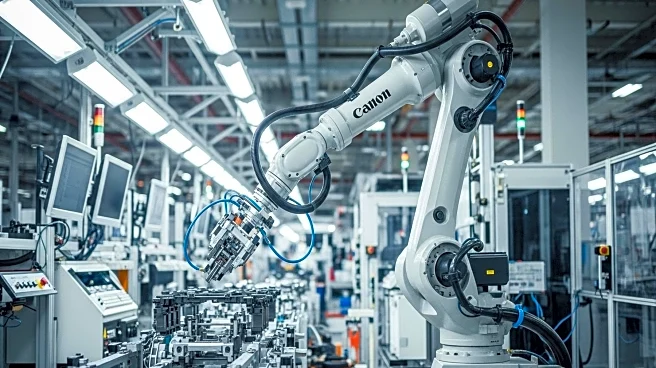What's Happening?
The 2025 Formula SAE Electric competition at the Michigan International Speedway showcased the growing talent pool in cleantech engineering. Over 80 university teams participated, demonstrating skills in integrating electric powertrains with autonomous systems. The competition, which began in 2013, has now made autonomous driving capabilities mandatory, reflecting the industry's demand for engineers skilled in both electric and autonomous vehicle technologies. Oregon State University's team won the competition, highlighting the readiness of new graduates to contribute to the cleantech industry.
Why It's Important?
The competition addresses a critical bottleneck in the cleantech industry: the shortage of engineers capable of integrating electric and autonomous technologies. As the industry shifts towards clean and autonomous transportation, the demand for such skills is increasing. By training students in these areas, universities are helping to fill the talent gap, enabling faster deployment of clean technologies. This development is crucial for companies like Tesla and Rivian, which are actively seeking engineers with these competencies.
Beyond the Headlines
The shift in engineering education towards a holistic, systems-thinking approach is essential for the future of cleantech. Students are gaining hands-on experience in real-world challenges, preparing them to tackle complex integration issues in the industry. This approach not only benefits the students but also accelerates the industry's ability to innovate and deploy new technologies. The competition serves as a talent pipeline for companies looking to lead in the clean transportation revolution.
